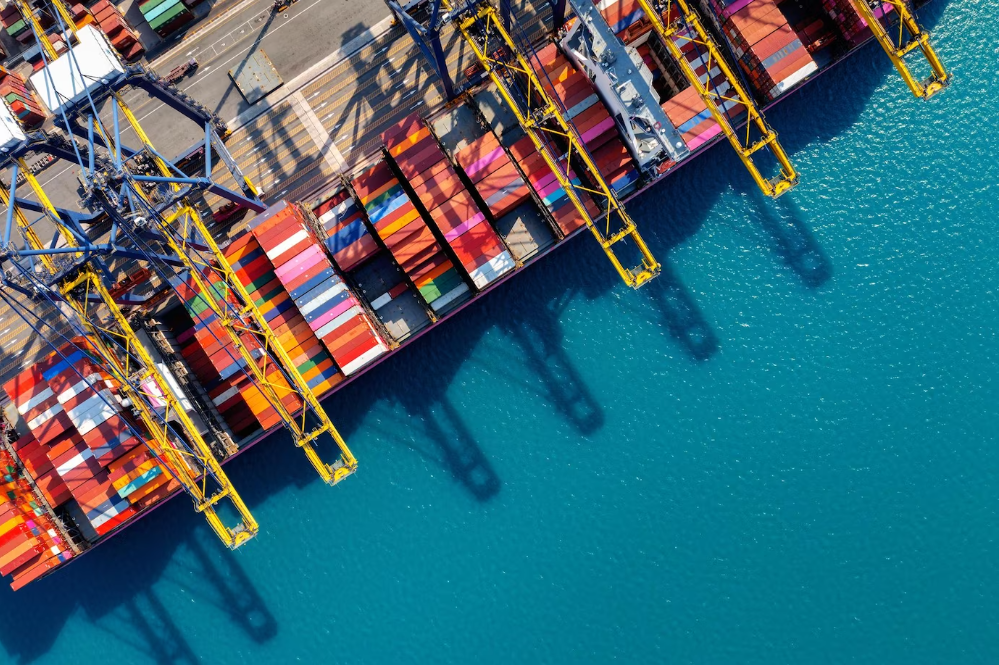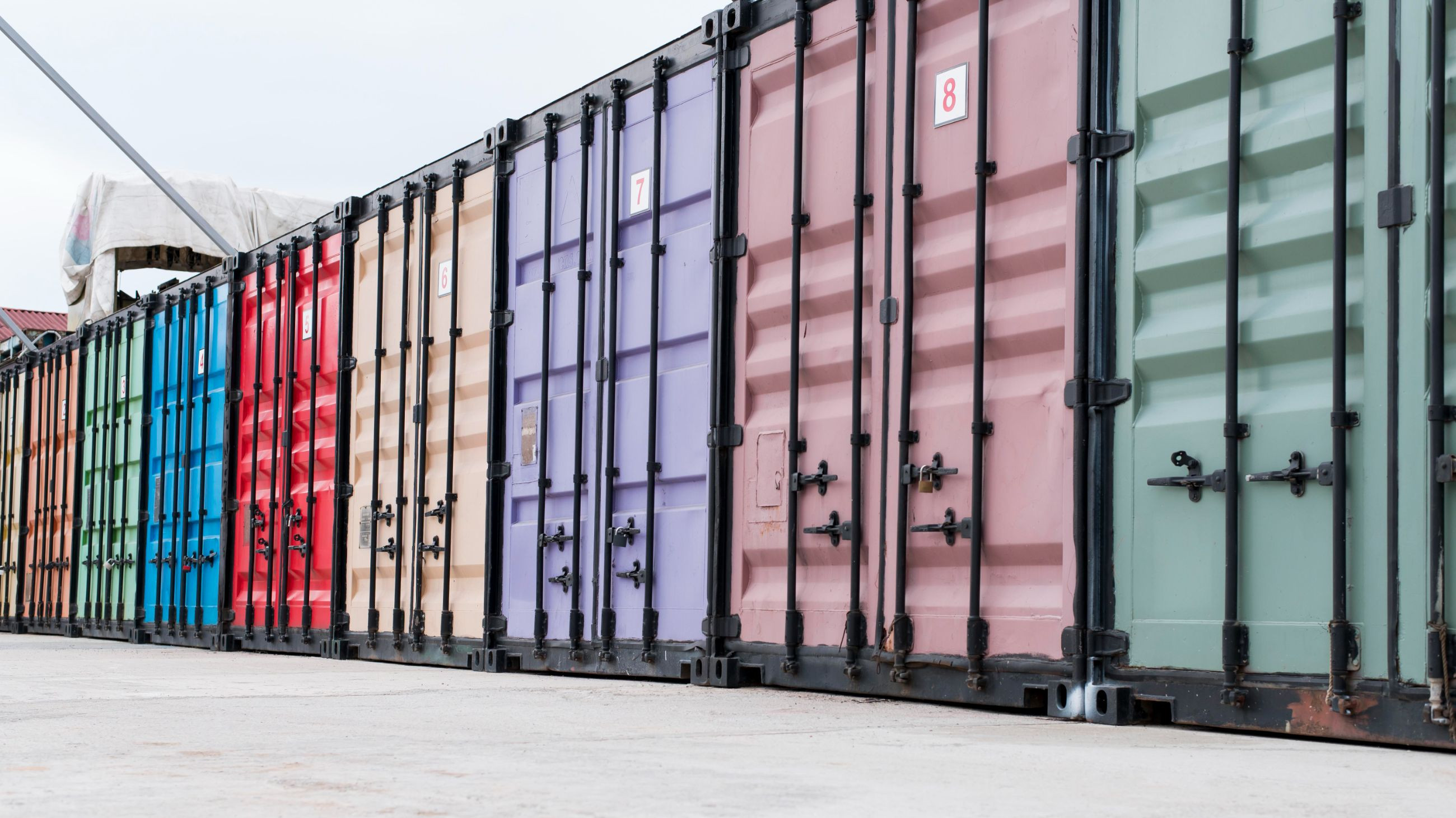The Future of Logistics: Trends to Watch in 2023 and Beyond

The logistics industry has undergone significant changes in recent years, with technological advancements and shifting consumer behaviors driving innovation and transforming traditional logistics models. As we look to the future, there are several trends that are expected to continue shaping the industry in 2023 and beyond.
1. Automation and Robotics
Automation and robotics have been steadily transforming the logistics industry, with the adoption of technologies such as autonomous vehicles, drones, and warehouse robots. In the coming years, we can expect to see increased investment in automation and robotics to improve efficiency and reduce labor costs.
2. Artificial Intelligence and Machine Learning
Artificial intelligence (AI) and machine learning (ML) are poised to revolutionize logistics by providing real-time data and predictive analytics to optimize supply chain management. From predictive maintenance to route optimization, AI and ML will continue to drive efficiency and improve decision-making.
3. Sustainable Logistics
Sustainability has become a major concern for consumers and businesses alike, and the logistics industry is no exception. In response, logistics providers are adopting more sustainable practices such as electric vehicles and alternative fuels, while also exploring new ways to reduce waste and emissions throughout the supply chain.
4. Blockchain
Blockchain technology has the potential to revolutionize the logistics industry by providing secure, transparent, and tamper-proof tracking of goods and transactions. In the coming years, we can expect to see increased adoption of blockchain technology in logistics to improve transparency and accountability.
5. Last-Mile Delivery Solutions
Last-mile delivery has become a major challenge for logistics providers, with the rise of e-commerce and same-day delivery expectations. To address this challenge, logistics providers are exploring new solutions such as micro-warehouses, drone delivery, and crowd-sourced delivery networks.
As the logistics industry continues to evolve, it will be important for businesses to stay abreast of these trends and embrace new technologies and practices to remain competitive. At Indagba, we're committed to helping our clients optimize their logistics operations and stay ahead of the curve. Contact us today to learn more about our solutions.
Why Supply Chain Visibility is Crucial for Modern Logistics Operations

In today's fast-paced business environment, supply chain visibility has become increasingly important for logistics operations. By providing real-time information on the location and status of goods in transit, supply chain visibility enables logistics providers to make more informed decisions and respond quickly to any issues that arise. In this post, we'll explore why supply chain visibility is crucial for modern logistics operations.
1. Improving Operational Efficiency
Supply chain visibility allows logistics providers to monitor the movement of goods throughout the supply chain, from the point of origin to the final destination. This real-time information enables logistics providers to optimize their operations, reducing transit times and improving efficiency.
2. Enhancing Customer Service
Supply chain visibility provides customers with real-time updates on the status of their shipments, improving transparency and enhancing customer service. Customers can track their shipments and receive alerts if there are any delays or issues, enabling them to plan accordingly.
3. Reducing Inventory Costs
By providing real-time information on the location and status of goods in transit, supply chain visibility enables logistics providers to reduce inventory costs. With better visibility, logistics providers can optimize inventory levels, reducing the need for excess inventory and freeing up working capital.
4. Mitigating Risk
Supply chain visibility enables logistics providers to identify potential issues and risks in real-time, allowing them to take proactive measures to mitigate any disruptions. This can include rerouting shipments, finding alternative transportation modes, or securing additional capacity.
5. Improving Sustainability
Supply chain visibility can also play a key role in improving sustainability by enabling logistics providers to monitor the environmental impact of their operations. By tracking emissions and other environmental factors, logistics providers can identify opportunities to reduce their carbon footprint and improve sustainability.
In conclusion, supply chain visibility is crucial for modern logistics operations. By providing real-time information on the location and status of goods in transit, supply chain visibility enables logistics providers to improve operational efficiency, enhance customer service, reduce inventory costs, mitigate risk, and improve sustainability. At Indagba, we're committed to helping our clients achieve greater supply chain visibility and optimize their logistics operations. Contact us today to learn more about our solutions.
How Technology is Disrupting Traditional Logistics Models

The world of logistics has undergone a significant transformation in recent years, with technology playing a pivotal role in disrupting traditional models. From the use of drones and autonomous vehicles to the application of big data analytics and the Internet of Things (IoT), technology is changing the way we approach logistics.
One of the most significant impacts of technology on logistics has been the rise of e-commerce. With more and more consumers shopping online, logistics providers are under increasing pressure to deliver goods quickly and efficiently. This has led to the development of new delivery models, such as same-day and next-day delivery, as well as the use of automated warehouses and robotics to streamline operations.
Another area where technology is disrupting logistics is in the area of supply chain management. Traditionally, supply chains have been characterized by a lack of visibility and transparency, with limited access to real-time data making it difficult to optimize operations. However, with the advent of new technologies, such as blockchain and RFID, supply chains are becoming more transparent, enabling logistics providers to track goods more effectively and identify inefficiencies.
In addition to these technological advancements, there are also several other trends driving disruption in the logistics industry. These include the increasing focus on sustainability and green logistics, the rise of urbanization and last-mile delivery, and the growing importance of customer experience.
Overall, the logistics industry is at a turning point, and the impact of technology is set to continue to reshape the sector in the coming years. For logistics providers looking to stay ahead of the curve, embracing new technologies and exploring innovative approaches to logistics management will be crucial.

